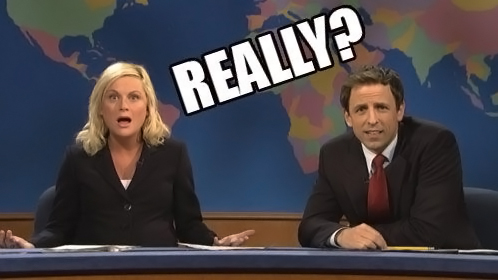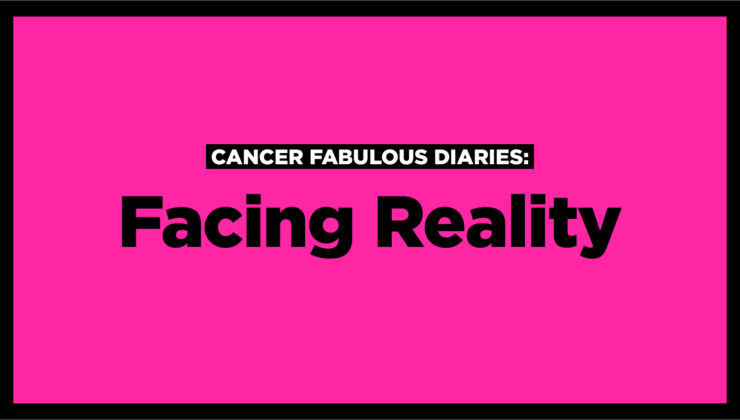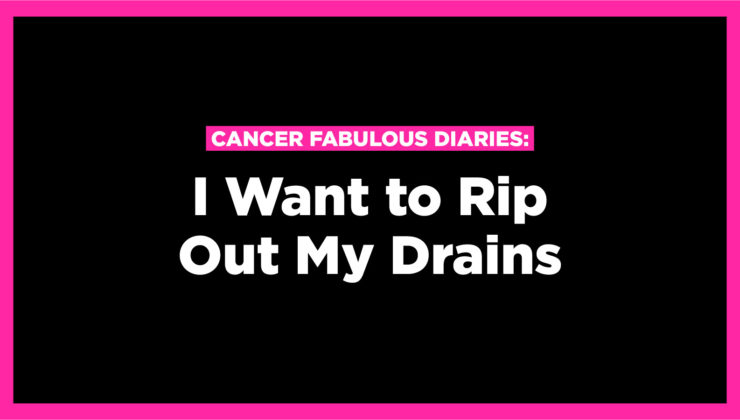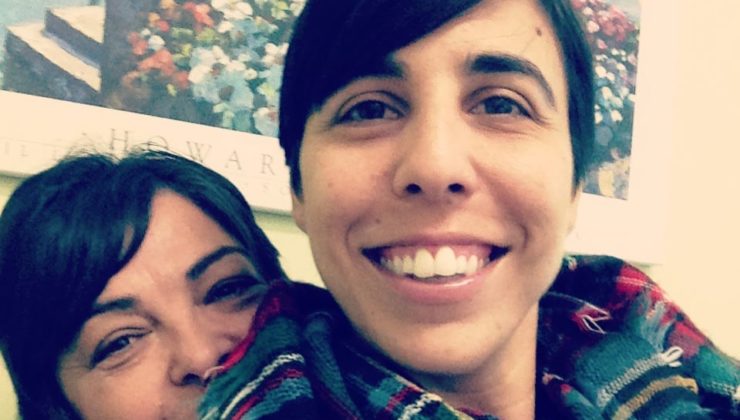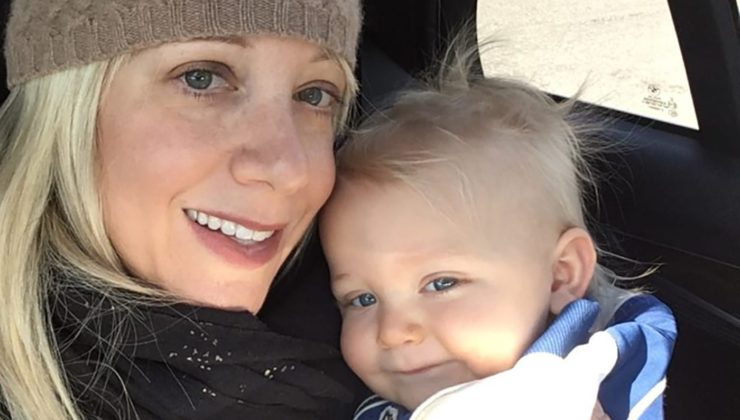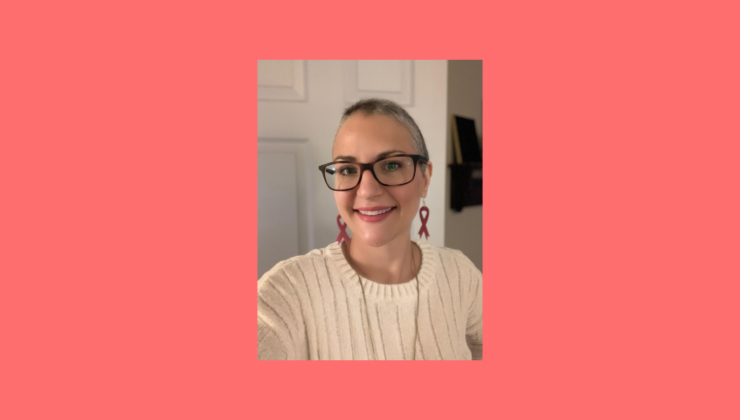LiveLaughLearn – Show Up Post-Treatment
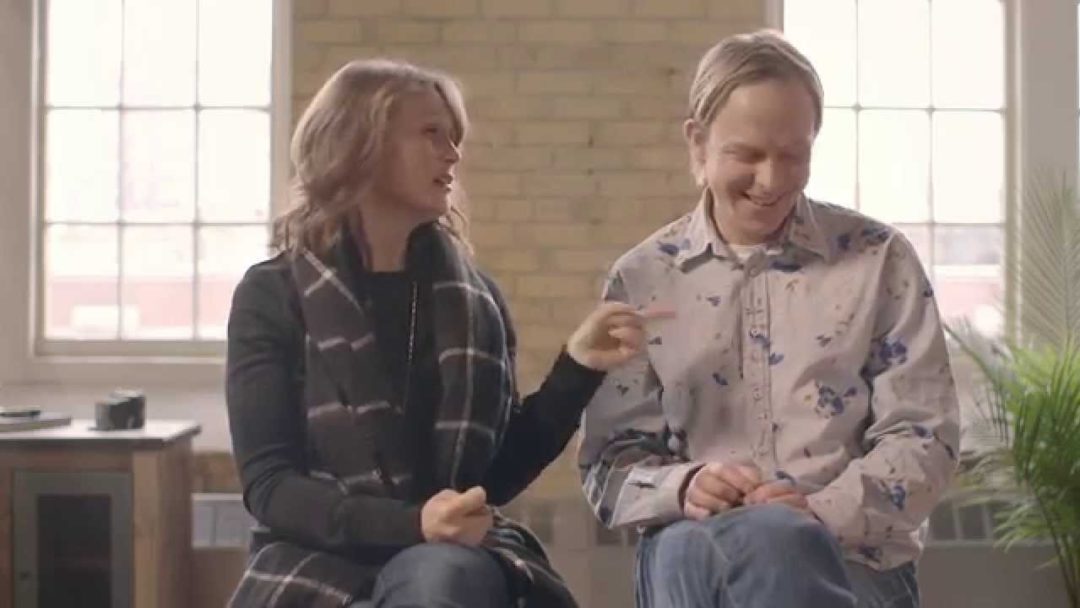
My wife Laura was diagnosed with stage IV HER2-positive ER-positive breast cancer at age 37. We are busy professionals with two young children. I was Laura’s primary caregiver. Once the crisis ended, healing has been ongoing. It is a more subtle process. In the below LiveLaughLearn video Laura and I talk about life after initial treatments were completed.
Just because the cancer’s gone, it doesn’t mean treatments are over
Laura received a metastatic breast cancer diagnosis, which means Laura’s cancer is incurable. Treatments will continue for the rest of her life. She receives Herceptin every three weeks as an injection and takes Tamoxifen every day as a pill. She also must deal with ongoing scans and medical visits. People who are considered ‘curable’ also may have ongoing treatments and annual follow up visits. It can be really stressful.
The ugly truth: Cancer = Loss
No matter how much pink you dress it up in, healing from cancer is a painful process. Side effects from treatment have both a physical and emotional impact. Post treatment, Laura appeared well, but underneath she was struggling with fatigue, pain, memory loss, lymphedema, chemically-induced menopause and the knowledge that her life is shortened by her illness. This is an ugly truth that’s generally avoided. People tend to dislike talking about grief and loss. They avoid it in their own lives and avoided it with us.
What to do?
Check your assumptions
Cancer changes people. What someone could or would do before they went through treatment might not be the same after. Everything mentioned above has an impact. Give people time to heal. Let them set an agenda for themselves. Frequently people will try to get back to how they were pre-treatment. If you see them stumbling, find ways to help lighten their load.
Just listen
Trying to help someone living with cancer see the bright side of things can be damaging. Check in. Are you really doing this for them, or to help ease your own discomfort? Don’t try to fix things or make them better. And, unless you’ve experienced chemo, when someone who is healing speaks about being exhausted, sharing your own experience of being really tired too, can come across as judgemental and alienating.
Be an ally
In your workplace. In your community. When someone is finished treatment, they’re not better yet. Speak up when people assume someone living with cancer can function like they did before treatment. Challenge people who minimize the struggles of someone living with cancer or attempt only see the sunny side of things.
Plan dates
Laura’s scans and treatments are ongoing. The same can be true for those diagnosed at an earlier stage. Scans and treatments can continue for five years or more, and these times are often filled with anxiety. And after a few years of living in constant crisis, primary caregivers can burn out. Find out when their follow up treatments and scans are. Book some time off and go with them. Don’t ask. Just go.
To summarize: Breast cancer isn’t pink. It isn’t pretty. It isn’t a battle that ends with a victory after treatment. It’s a painful process of healing that changes people. You want to help people as their crisis ends? The formula is simple: Show up, listen, advocate and accept. Easy to say, tough to really do.
So who’s up for the challenge?
–Jim Dalling


